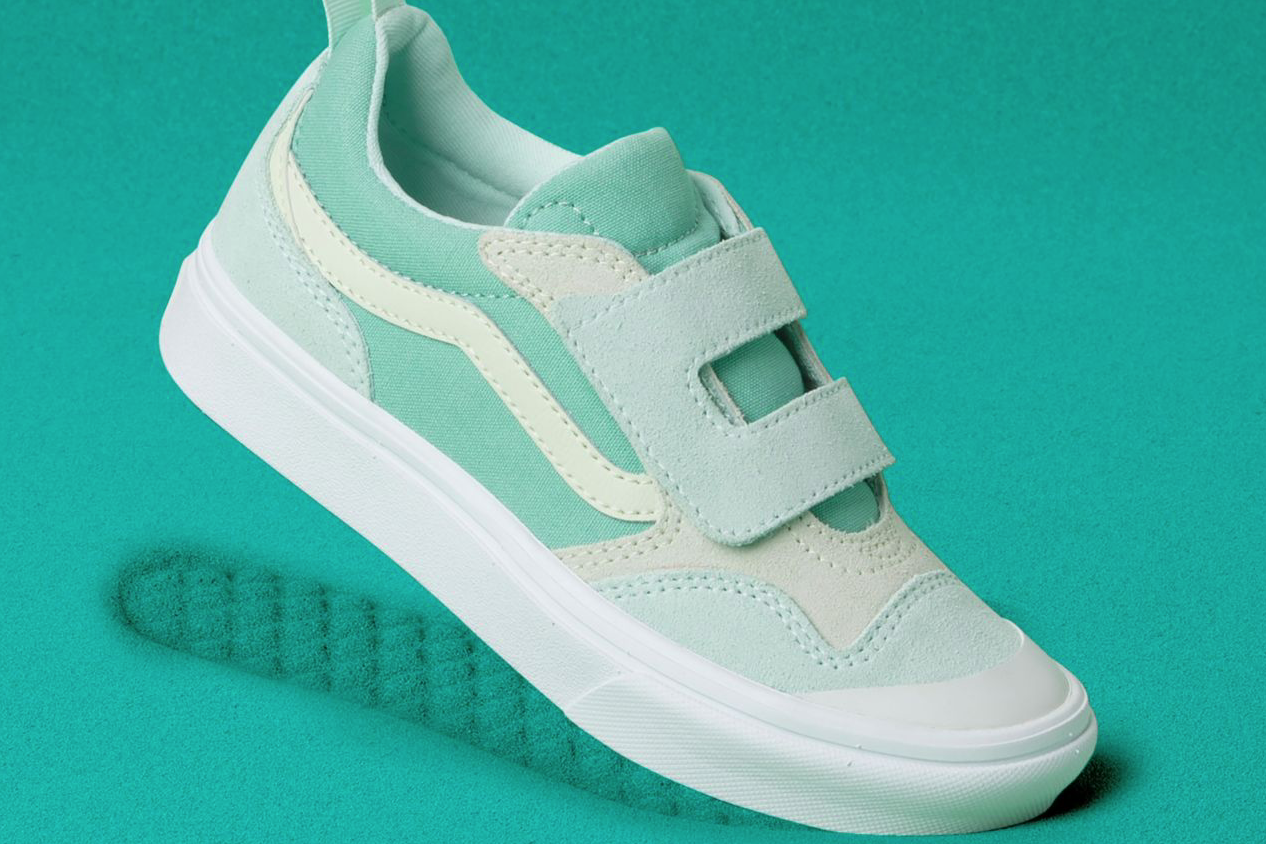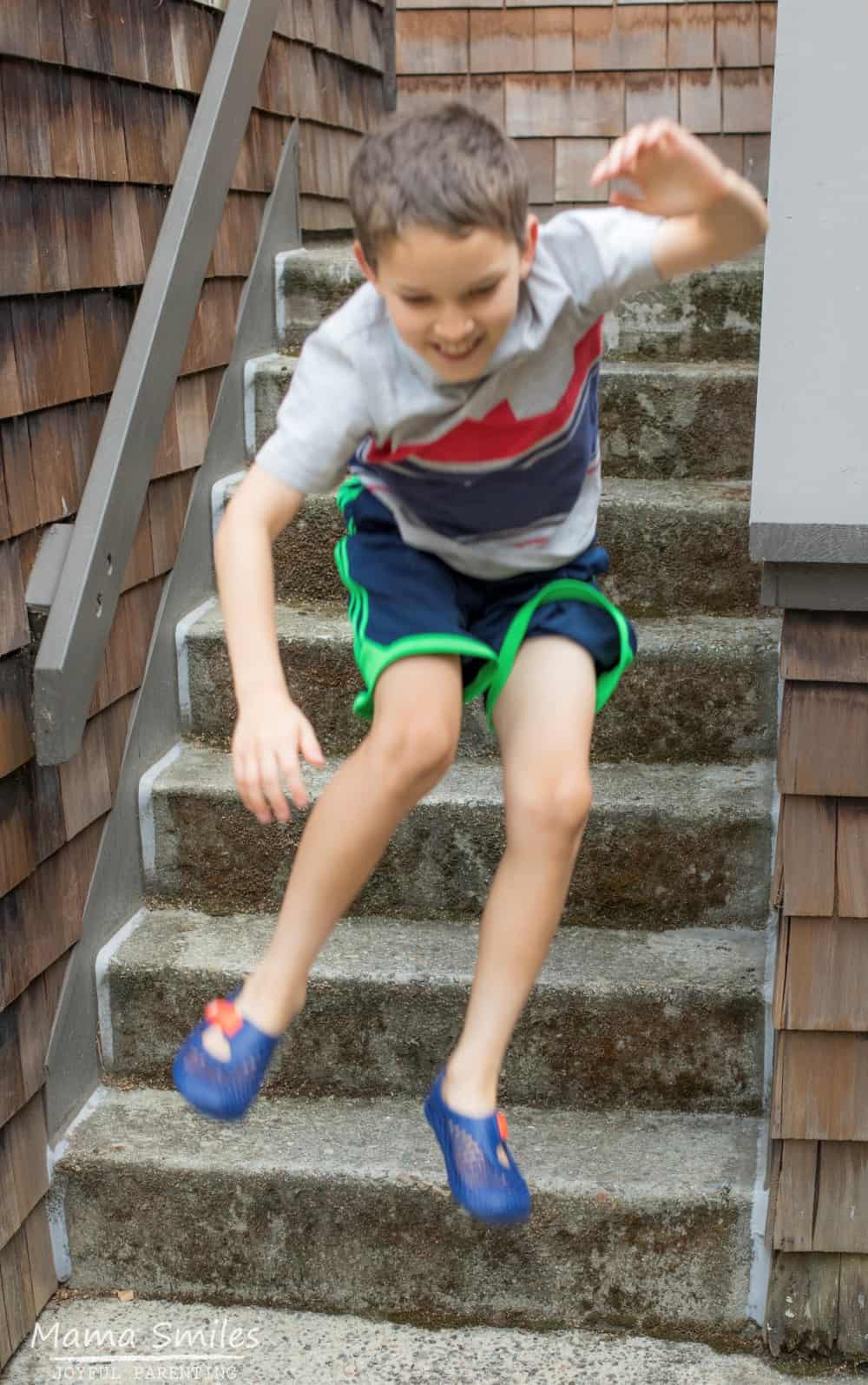When it comes to finding the perfect shoes for kids with autism, there’s more to consider than just style and size. Many children on the autism spectrum have unique sensory needs, making it incredibly important to choose footwear that balances comfort, support, and functionality. This comprehensive guide will help you navigate the world of children’s shoes, emphasizing what to look for, real-world experiences, product highlights, and expert tips.
Understanding Sensory Sensitivities in Children with Autism
Children with autism often face sensory sensitivities that can affect their daily life, including their choice of footwear. Sensory sensitivities can manifest in various ways, making it essential to choose shoes that minimize discomfort. According to a study by the National Institutes of Health, many children with autism experience heightened sensitivity to touch, sound, and even certain materials.
Why Footwear Matters
The right shoes can significantly impact a child’s comfort level and overall quality of life. Shoes that are too tight, overly textured, or made from irritating materials can lead to frustration, anxiety, and even meltdowns. On the other hand, shoes designed with sensory-friendly features can help create a sense of security and comfort. In a case study published in the Journal of Autism, parents reported improvements in their child’s behavior and willingness to wear shoes after switching to more comfortable styles.
Key Features of Sensory-Friendly Shoes for Kids
When searching for the right pair of shoes, it’s essential to consider specific features designed to accommodate the unique needs of children with autism. Below are some key features that make footwear more appropriate for sensory-sensitive children.
1. Soft Materials
Choose shoes made from soft, breathable fabrics that won’t irritate sensitive skin. Avoid stiff materials like plastic or rough leathers that can cause chafing.

2. No Sensory Overload
Look for shoes with minimal designs, free from excessive embellishments, bright colors, or loud patterns that could overwhelm a child’s senses.
3. Adjustable Fit
Shoes with Velcro straps or elastic bands allow for easy wear and can accommodate swelling or sensitivity levels. A snug fit without being too tight is essential.

4. Supportive Soles
Select shoes with good arch support and cushioning to help with posture and comfort. This feature is particularly crucial for children who may spend longer periods standing or walking.
Real-World Experiences: Case Studies

Real-world experiences can provide valuable insights into the impact of footwear on children with autism. Here, we explore a few case studies that illustrate how the right shoes can make a difference.
Case Study 1: Noah’s Journey

Noah, a 7-year-old boy diagnosed with autism, struggled with wearing shoes due to his heightened sensitivity to textures. His mother, Sarah, decided to seek out shoes made from soft textiles with minimal seams. After trying several brands, they found a pair of sneakers designed specifically for sensory needs. Noah immediately felt more comfortable and was able to participate in outdoor activities without his usual distress. “It felt like a huge win,” Sarah shared. “Noah was able to play without worrying about his shoes.”
Case Study 2: Mia’s Transformation

Mia, an 8-year-old girl, had a habit of taking off her shoes during school due to discomfort. Her teacher suggested shoes with adjustable straps and a soft interior. After purchasing these shoes, Mia’s behavior improved significantly — she no longer needed to remove her shoes, allowing her to focus on her studies. Her mother noted, “The change in Mia was incredible. She felt comfortable and secure in her shoes, which made a world of difference.”
Top Sensory-Friendly Shoe Recommendations

Choosing the right shoes can feel overwhelming, but we’ve compiled a list of top-rated sensory-friendly footwear options that are highly recommended by parents and experts alike.
1. See Kai Run Sneakers
These sneakers are made from soft materials and feature flexible soles, making them an excellent option for kids with sensory sensitivities. Parents love the adjustable Velcro straps for a perfect fit.

2. Stride Rite Made2Play Shoes
Stride Rite’s Made2Play line focuses on comfort through soft fabrics and breathable designs. They also feature machine-washable properties, which is a significant plus for kids who enjoy outdoor play.
3. New Balance Fresh Foam Crag
These shoes provide excellent arch support and a comfortable fit, with cushioned soles that are perfect for active kids. Many parents have noted how much their children enjoy wearing these shoes.
4. Keds Champion Sneakers
These classic sneakers are simple and durable, made from softer materials that are less likely to irritate a child’s skin. They come in various colors that allow for some individuality while remaining low-key.
Comparison Table: Sensory-Friendly Shoes for Kids
| Brand | Material | Closure Type | Price Range | Pros | Cons |
|---|---|---|---|---|---|
| See Kai Run | Soft Fabric | Velcro | $$ | Flexible, Comfortable | Limited Color Options |
| Stride Rite | Breathable | Lace or Velcro | $$ | Machine Washable | Size may run small |
| New Balance | Soft Mesh | Lace | $$$ | Good Arch Support | Higher Price Point |
| Keds | Soft Cotton | Lace | $ | Classic Design | Less Supportive |
Tips for Choosing the Right Shoes
Finding the perfect shoes for your child requires a thoughtful approach. Here are some tips to guide you in making the best choice:
1. Involve Your Child
Whenever possible, include your child in the shoe selection process. Allowing them to choose shoes they feel comfortable with can help ease anxiety associated with wearing them.
2. Focus on Fit
Proper fit is crucial. Pay attention to the toe box space, heel fit, and overall snugness of the shoe. A good rule of thumb is to leave about a thumb’s width of space between the end of the shoe and the child’s longest toe.
3. Consider the Activity
Choose shoes that are appropriate for the activities your child engages in. Whether it’s running, playing sports, or casual outings, the right shoe should accommodate their lifestyle.
4. Read Reviews and Watch Videos
Consult reviews online and watch unboxing videos on platforms like YouTube. Hearing real experiences from other parents can help you make an informed decision.
Pros and Cons of Sensory-Friendly Shoes
Pros
- Enhanced Comfort: Designed to minimize discomfort, ensuring a better fit for sensitive feet.
- Improved Confidence: Comfortable shoes can encourage children to engage in activities without worry.
- Variety of Options: Many brands are now focusing on sensory-friendly designs.
Cons
- Price Point: Sensory-friendly shoes can sometimes be more expensive than standard options.
- Limited Availability: Not all retailers carry a wide selection of sensory-friendly footwear.
- Style Concerns: Some may find that sensory-friendly options lack trendy designs.
Frequently Asked Questions (FAQs)
1. What types of shoes are best for kids with autism?
Soft, breathable materials that are easy to put on and take off, such as sneakers with Velcro straps, are highly recommended.
2. How can I tell if a shoe is sensory-friendly?
Look for features like soft fabrics, minimal seams, and adjustable closures to accommodate sensitive feet.
3. Are there specific brands that focus on sensory-friendly shoes?
Yes, brands like See Kai Run, Stride Rite, and New Balance offer collections specifically designed for sensory-sensitive children.
4. How do I find the right fit for my child?
Measure their feet regularly and consider trying shoes on in the store to ensure a proper fit.
5. Can the right shoes improve my child’s behavior?
Comfortable shoes can reduce anxiety and frustration, allowing children to focus better in various settings.
6. Are there shoes suitable for different activities?
Yes, many brands offer specialized styles for sports, casual wear, and outdoor activities.
7. How do I care for sensory-friendly shoes?
Many sensory-friendly shoes are machine washable, but always check the care tag for specific instructions.
8. What should I do if my child refuses to wear shoes?
Try to involve them in the selection process, and opt for shoes that they can easily put on by themselves.
9. Where can I purchase sensory-friendly shoes?
You can find sensory-friendly shoes at specialized retailers, online stores, and even local shoe shops that carry kids’ footwear.
10. How important is heel and arch support?
Heel and arch support are crucial for maintaining proper foot alignment and reducing discomfort, especially for active children.
11. Should I prioritize style or comfort?
Prioritize comfort first, as this can significantly impact your child’s willingness to wear the shoes. Style can follow as per their preferences.
Conclusion
Finding the right shoes for kids with autism is not just about aesthetics; it’s about fostering comfort and confidence. The right footwear can enhance their daily experience, making it easier for them to participate in activities without distress. By considering sensory-friendly features, understanding your child’s needs, and exploring real-world experiences, you can make informed choices that lead to happier, more engaged children.
For more insights on children’s footwear and sensory sensitivities, check out resources like Autism Speaks and the CDC’s Autism Spectrum Disorder page.